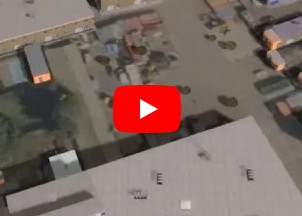Waterwijzer Module: Difference between revisions
Jump to navigation
Jump to search
No edit summary |
|||
| (27 intermediate revisions by 6 users not shown) | |||
| Line 1: | Line 1: | ||
{{unavailable}} | |||
The Waterwijzer | The Waterwijzer module calculates the result for the following question: | ||
''I want to know the expected agricultural yield loss based on the crop, soil type and local groundwater levels, given a climate scenario and the expected weather.'' | |||
In order to answer this question using the {{software}} a connection (using API) was realized with Wageningen University's [https://waterwijzerlandbouw.wur.nl/ Waterwijzer Landbouw module]. | |||
{{article end | |||
|seealso= | |||
* [[Waterwijzer Overlay]] | |||
< | |videos= | ||
<gallery widths=300px> | |||
File:YoutubeLogo1.jpg|Koppeling met Waterwijzer Landbouw van de Wageningen Universiteit in Tygron (Dutch only)|link=https://youtu.be/S6159aWGDyM | |||
File:YoutubeLogo1.jpg|Uitleg van de Waterwijzer Landbouw 2.0, versie september 2020 (Dutch only)|link=https://youtu.be/FXMM3ib-ggw | |||
</gallery> | |||
}} | |||
{{Template:Waterwijzer Module buttons}} | |||
Latest revision as of 14:32, 13 December 2023
This functionality is currently unavailable or non-functional.
The Waterwijzer module calculates the result for the following question:
I want to know the expected agricultural yield loss based on the crop, soil type and local groundwater levels, given a climate scenario and the expected weather.
In order to answer this question using the Tygron Platform a connection (using API) was realized with Wageningen University's Waterwijzer Landbouw module.





